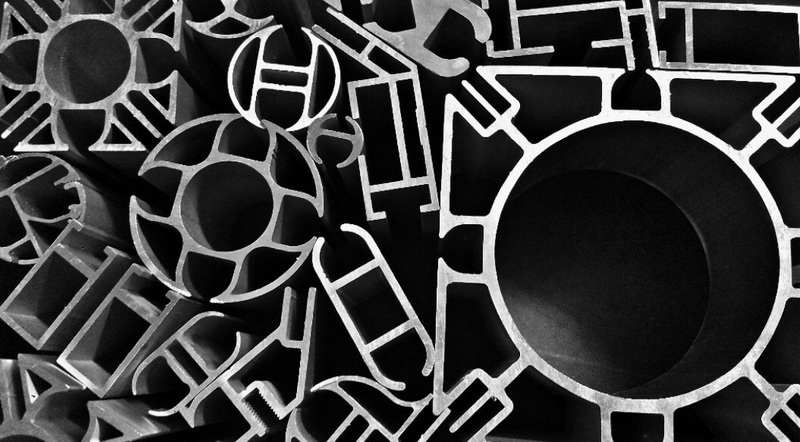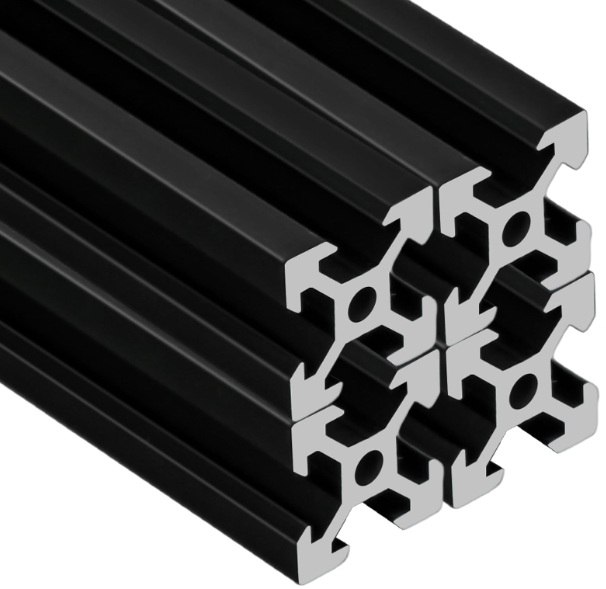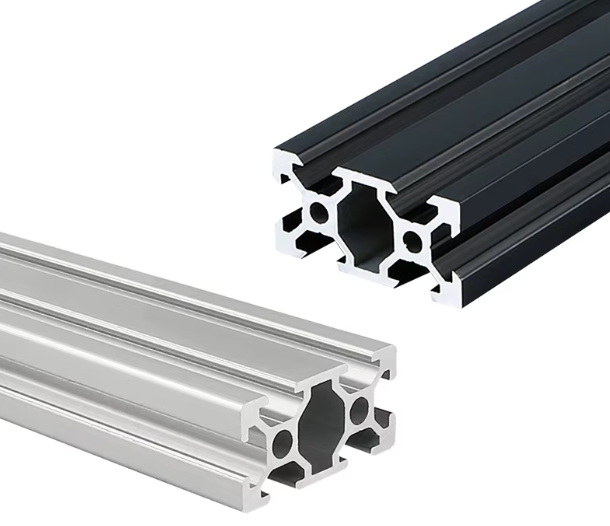Content Menu
● Understanding Aluminum Extrusion
● Benefits of Using Aluminum Extrusion in DIY Projects
● Common Aluminum Extrusion Profiles
>> T-Slot Profiles
>> Square Tube Profiles
>> Round Bar Profiles
>> Channel Profiles
● Choosing the Right Profile for Your Project
● Tools and Materials Needed
● Step-by-Step Guide to Building with Aluminum Extrusion
>> Step 1: Planning Your Project
>> Step 2: Cutting the Profiles
>> Step 3: Assembling the Components
>> Step 4: Finishing Touches
● Examples of DIY Projects Using Aluminum Extrusion
● Tips for Successful Aluminum Extrusion Projects
● Conclusion
● FAQ
>> 1. What types of aluminum extrusion profiles are best for lightweight projects?
>> 2. Can I use aluminum extrusion outdoors?
>> 3. Do I need special tools to work with aluminum extrusions?
>> 4. How do I connect different aluminum extrusion pieces?
>> 5. Is it possible to modify my project after assembly?
Aluminum extrusion is a versatile and popular choice for DIY enthusiasts looking to create custom projects. With its lightweight, durable nature and ease of assembly, aluminum extrusions can be used in a wide range of applications, from furniture to structural frameworks. In this article, we will explore the various aluminum extrusion profiles that are perfect for DIY projects, provide step-by-step guides on how to use them, and offer tips for successful assembly.

Understanding Aluminum Extrusion
Aluminum extrusion involves forcing heated aluminum through a die to create specific shapes and profiles. This process allows for the creation of long sections with uniform cross-sections, making it ideal for various applications. The most common type of aluminum extrusion used in DIY projects is the T-slot profile, which features grooves that allow for easy assembly with connectors and fasteners.
Benefits of Using Aluminum Extrusion in DIY Projects
- Lightweight: Aluminum is significantly lighter than steel or wood, making it easier to handle and transport.
- Durable: Aluminum is resistant to corrosion, ensuring longevity even in outdoor projects.
- Customizable: With various profiles available, you can easily modify or expand your project as needed.
- Easy Assembly: T-slot profiles allow for quick assembly without the need for welding or specialized tools.
Common Aluminum Extrusion Profiles
When selecting aluminum extrusion profiles for your DIY projects, consider the following popular options:
T-Slot Profiles
T-slot profiles are the most commonly used in DIY applications. They come in various sizes (e.g., 20mm x 20mm, 30mm x 30mm) and allow for versatile configurations.
Applications:
- Custom shelving units
- Workstations
- Display stands
Square Tube Profiles
Square tube profiles provide excellent structural integrity and are suitable for heavier applications.
Applications:
- Furniture frames
- Railing systems
- Support structures
Round Bar Profiles
Round bar profiles are great for aesthetic applications or where rounded edges are desired.
Applications:
- Decorative elements
- Handles
- Supports
Channel Profiles
Channel profiles offer a U-shaped design that can be used to create tracks or guides.
Applications:
- Sliding doors
- Drawer slides
- Conveyor systems
Choosing the Right Profile for Your Project
When selecting the right aluminum extrusion profile, consider the following factors:
1. Load Requirements: Determine how much weight your project will need to support.
2. Space Constraints: Measure the area where you plan to install your project to ensure a proper fit.
3. Aesthetic Preferences: Choose a profile that aligns with your design vision.
4. Assembly Needs: Consider how easy it will be to assemble your project with the chosen profile.

Tools and Materials Needed
To successfully complete your aluminum extrusion DIY project, you will need:
- Essential Tools:
- Saw (for cutting profiles)
- Drill (for making holes)
- Screwdriver
- Measuring tape
- Level (to ensure even assembly)
- Materials:
- Aluminum extrusion profiles
- Connectors (T-nuts, brackets)
- Fasteners (screws, bolts)
Step-by-Step Guide to Building with Aluminum Extrusion
Step 1: Planning Your Project
Before starting any project, it's essential to have a clear plan. Sketch out your design and determine the materials needed.
Step 2: Cutting the Profiles
Using a saw, cut your aluminum extrusions to the desired lengths based on your design specifications. Make sure to measure twice before cutting to avoid mistakes.
Step 3: Assembling the Components
1. Prepare Your Workspace: Ensure you have a clean area with all tools and materials readily available.
2. Insert T-Nuts: Slide T-nuts into the grooves of the T-slot profiles as needed before assembling.
3. Connect Profiles: Use brackets and screws to connect different sections of your project. Tighten securely but avoid over-tightening, which can damage the aluminum.
4. Check Stability: Once assembled, check that all connections are secure and that the structure is stable.
Step 4: Finishing Touches
After assembly, you may want to sand any rough edges or apply a finish (like paint or anodizing) to enhance appearance and durability.
Examples of DIY Projects Using Aluminum Extrusion
Here are some inspiring ideas for aluminum extrusion DIY projects:
- Custom Shelving Unit: Use T-slot profiles to create adjustable shelving that fits perfectly in any space.
- Workstation Frame: Build a sturdy frame for a workbench using square tube profiles for added strength.
- Outdoor Towel Holder: Create an outdoor towel holder using channel profiles that withstand weather conditions.
Tips for Successful Aluminum Extrusion Projects
1. Measure Accurately: Always double-check measurements before cutting.
2. Use Quality Connectors: Invest in good-quality connectors to ensure stability.
3. Plan Ahead: Take time to plan your design thoroughly before starting construction.
4. Test Fit Before Final Assembly: Pre-assemble components without fastening them to ensure everything fits correctly.
5. Safety First: Always wear safety gear when working with tools and materials.
Conclusion
Aluminum extrusion offers endless possibilities for DIY projects due to its versatility, durability, and ease of use. By selecting the right profiles and following proper assembly techniques, you can create custom solutions tailored to your specific needs. Whether you're building furniture or structural supports, aluminum extrusions can help bring your ideas to life effectively and efficiently.

FAQ
1. What types of aluminum extrusion profiles are best for lightweight projects?
The 20 series T-slot profiles are ideal for lightweight applications due to their smaller size and lower load-bearing capacity.
2. Can I use aluminum extrusion outdoors?
Yes! Aluminum is naturally resistant to corrosion, making it suitable for outdoor applications when properly finished.
3. Do I need special tools to work with aluminum extrusions?
No special tools are required; basic hand tools like saws and drills will suffice for most projects involving aluminum extrusions.
4. How do I connect different aluminum extrusion pieces?
You can connect pieces using T-nuts and brackets designed specifically for T-slot profiles or other connectors suitable for square tubes or channels.
5. Is it possible to modify my project after assembly?
Yes! One of the advantages of using aluminum extrusions is their modularity; you can easily disassemble and modify your project as needed.






















